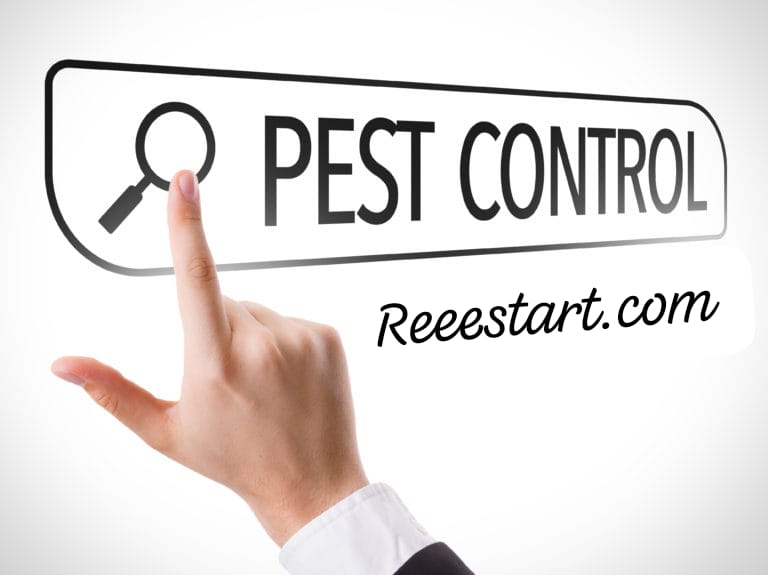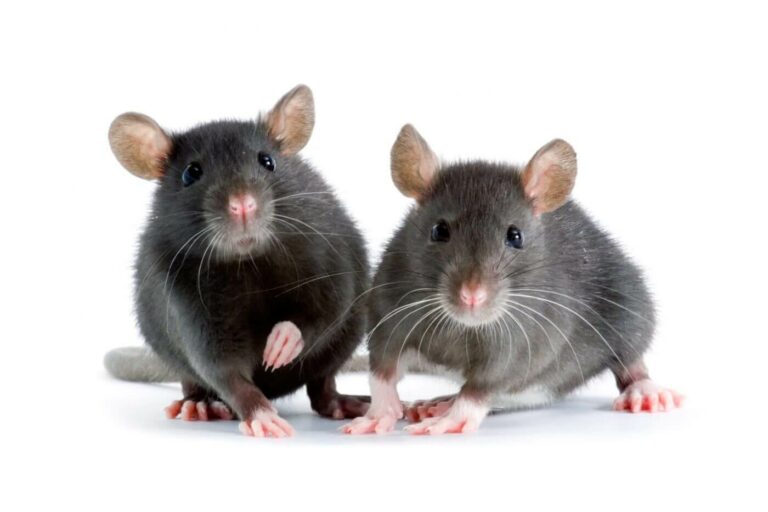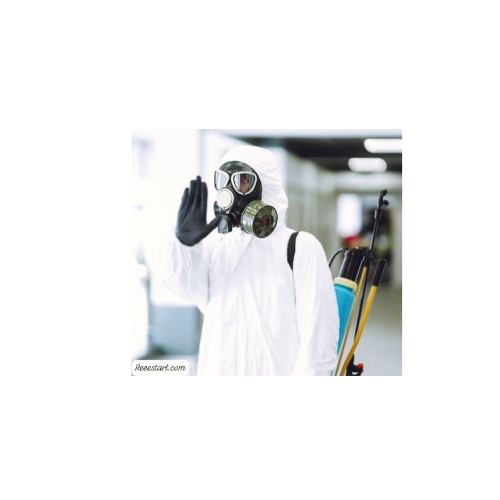In the following lines, we will focus on 20 Key Questions and Answers in Public Health Pest Control, In the realm of public health, effective pest control is essential for safeguarding communities and preventing the spread of diseases. As pests can pose significant health risks, understanding the various aspects of pest management is crucial for professionals in the field. This compilation of 20 key questions and answers addresses critical topics in public health pest control, from identifying common pests and their associated risks to exploring best practices in pest management. Whether you are a seasoned pest control professional or new to the industry, this guide aims to enhance your knowledge and support effective pest management strategies for healthier communities.
20 Key Questions and Answers in Public Health Pest Control
We will focus on The Key Questions and Answers in Public Health Pest Control
- What are the main types of pests that pose public health risks?
- Common pests include rodents, cockroaches, mosquitoes, ticks, and flies, as they can transmit diseases to humans.
- What diseases can be transmitted by mosquitoes?
- Mosquitoes can transmit diseases such as West Nile virus, Zika virus, dengue fever, and malaria.
- How do rodents contribute to public health issues?
- Rodents can carry diseases like hantavirus, leptospirosis, and salmonella, often through droppings or urine.
- What are Integrated Pest Management (IPM) practices?
- IPM involves a combination of techniques: biological control, habitat manipulation, and the use of pesticides only when necessary.
- How can one prevent pest infestations?
- Prevention strategies include sealing entry points, proper sanitation, eliminating standing water, and regular inspections.
- What are the signs of a pest infestation?
- Signs include droppings, nesting materials, bite marks, unusual smells, and sightings of the pests themselves.
- What role do insecticides play in pest control?
- Insecticides are chemicals used to kill or repel insects; however, they should be used responsibly to minimize risks to human health and the environment.
- What are some non-chemical pest control methods?
- Non-chemical methods include traps, barriers, biological control (like introducing natural predators), and sanitation.
- How can community engagement improve pest control efforts?
- Community involvement can enhance awareness, promote preventive measures, and facilitate coordinated pest management strategies.
- What is the impact of climate change on pest populations?
- Climate change can alter pest distribution, life cycles, and increase the prevalence of pests and diseases.
- How do you identify a pest?
- Identification involves observing physical characteristics, behavior, and the damage they cause, often requiring expert consultation.
- What is the role of public health agencies in pest control?
- Public health agencies monitor pest populations, provide guidelines, conduct educational programs, and coordinate control efforts.
- What are the health effects of pest-related allergens?
- Pests like cockroaches and dust mites can trigger allergies and asthma, causing respiratory issues.
- How often should pest control services be conducted?
- The frequency depends on the pest type, severity of infestation, and the environment but is typically done quarterly or bi-annually.
- What are the best practices for pesticide application?
- Best practices include following label instructions, applying at the right time, using appropriate protective gear, and ensuring minimal environmental impact.
- What should be done if someone is exposed to pesticides?
- Immediate action includes removing the person from the exposure area, rinsing affected skin or eyes, and seeking medical attention if necessary.
- How does urbanization affect pest populations?
- Urbanization often leads to increased food sources and shelter for pests, resulting in higher infestation rates.
- What role do schools play in pest management?
- Schools can implement pest management policies, educate students and staff about prevention, and maintain clean environments.
- What is the significance of pest surveillance?
- Surveillance helps in monitoring pest populations, predicting outbreaks, and assessing the effectiveness of control measures.
- How can technology improve pest control efforts?
- Technology such as data analytics, remote sensing, and smart traps can enhance monitoring, identification, and response to pest issues.
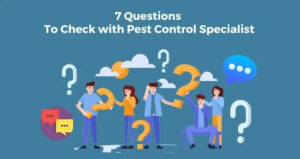
Frequently Asked Pest Control Questions Answered
Are the animals removed from a home hurt? Is it necessary to use chemicals to solve a pest problem? Should I be worried about the health of my family? These are just a few of the frequently asked questions regarding pest control.
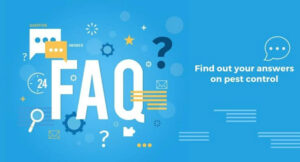
Here are some of the most common inquiries:
- Is it possible to go DIY on pest removal?
Yes, you can remove pests from your home by yourself. However, there’s no guarantee of complete success. Often, simply ensuring your home is clean and removing items that attract pests can help. Nevertheless, pest removal is just one part of a larger solution. A comprehensive approach involves correctly identifying the invading species and implementing preventative measures to ensure the problem does not recur. Regular pest control services can provide peace of mind and comfort. - Are chemicals necessary to solve my pest problem?
Chemical treatments are just one option among many that pest control professionals may offer. In some cases, it is possible to eliminate pests without resorting to chemicals. If chemical use is required, experts can apply the appropriate substances in a safe manner, minimizing potential health risks. After treatment, any noticeable odors are typically minimal. - Are these chemicals safe for children and pets?
It’s natural to have safety concerns about the chemicals used in pest control, especially with children and pets in the home. Most pest control providers prioritize using chemicals that pose the lowest risks. Some methods focus on eco-friendly solutions that significantly reduce health risks. - How long will the service take?
The duration of the service will depend on the severity of the problem and the type of pest involved. On average, a service visit takes between 45 minutes to an hour. There may be instances where multiple visits are necessary. - How long will it take to see results?
The time it takes to see results varies based on the type of pest and the severity of the infestation. Generally, noticeable results can be observed in about two weeks. - What will happen to the animals removed from my property?
Depending on local laws, trapped animals can either be released or euthanized. Animals can be released with proper precautions to prevent re-entry into your home, while euthanization is considered only if the animal is unlikely to survive upon release. Humane options are prioritized in all animal control efforts.
We hope you find this FAQ useful. If you have any pest control questions, don’t hesitate to reach out!
These questions and answers cover a broad range of topics crucial to understanding the public health pest control industry.

